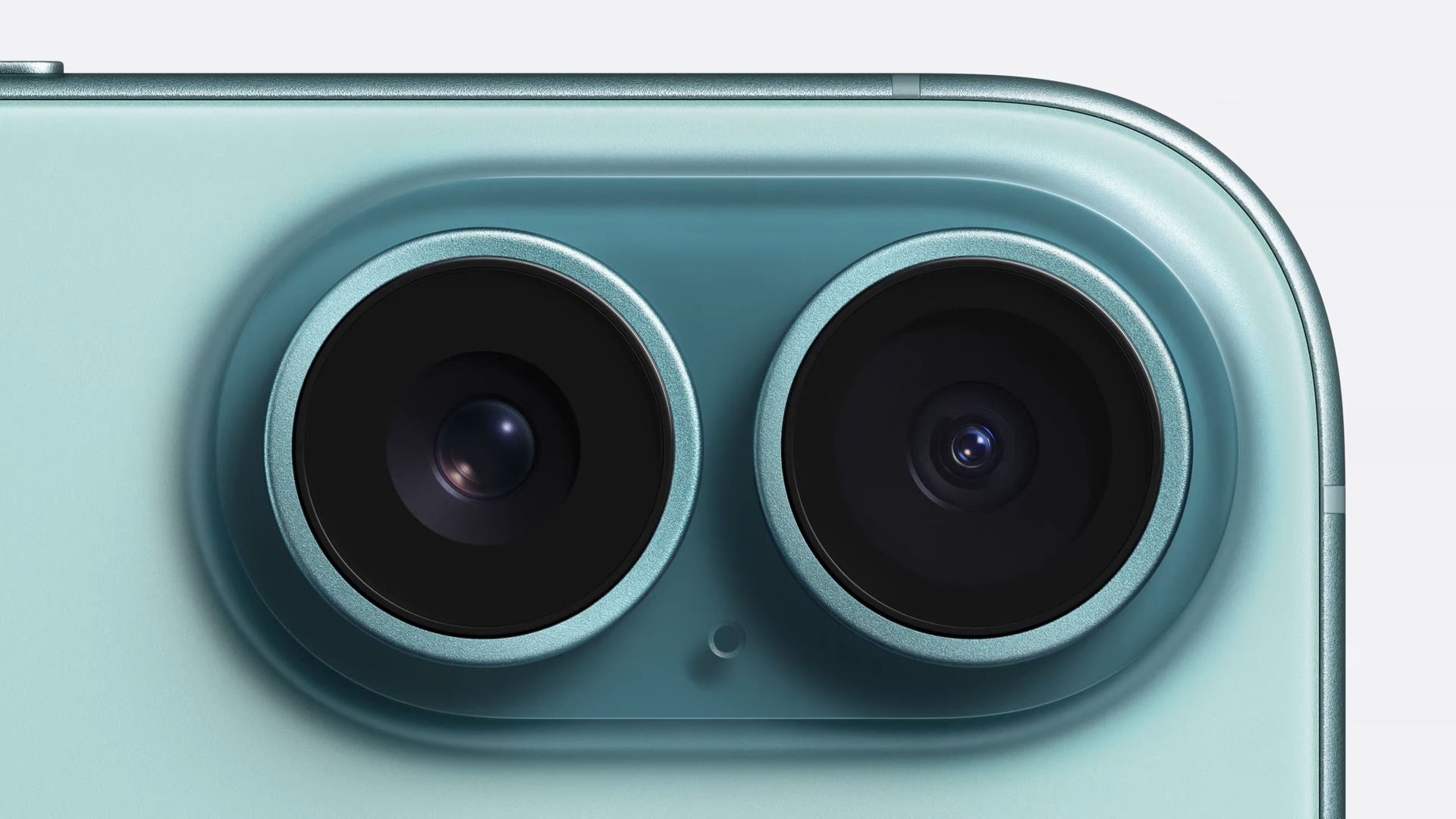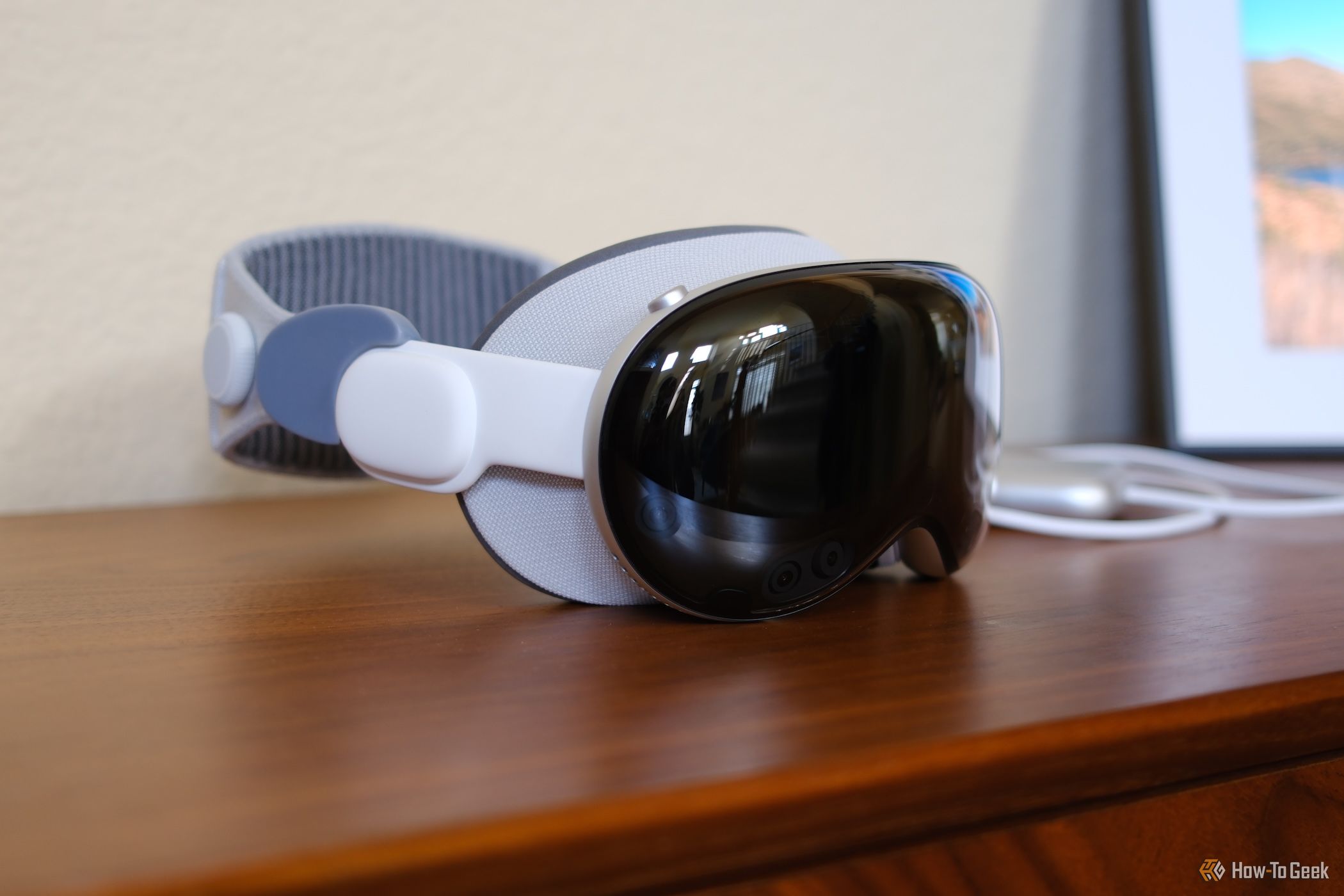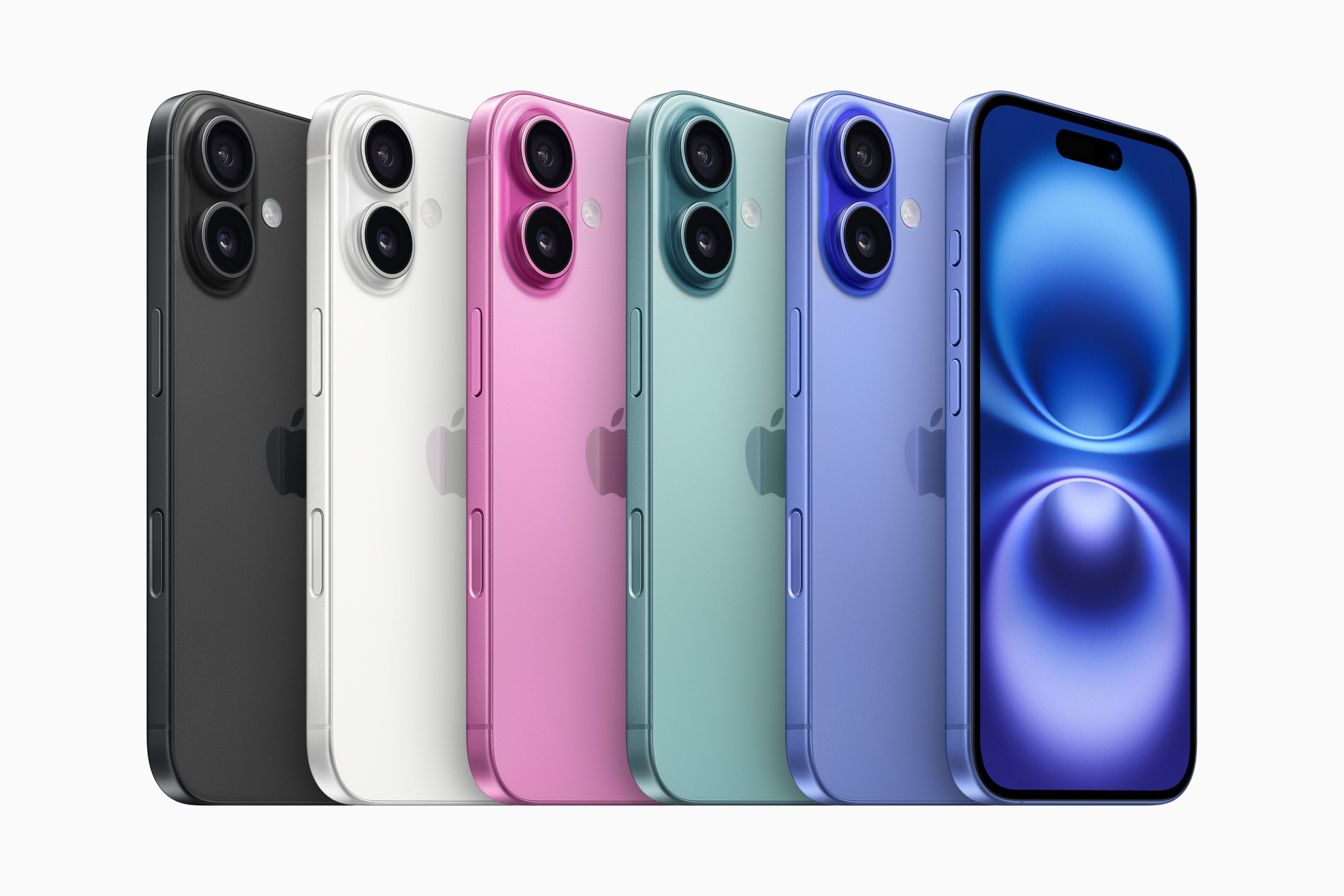Key Takeaways
- Vertical cameras on the iPhone 16 enable spatial (stereographic) videos and photos where two images or video streams are combined from slightly different angles.
- Spatial videos and photos offer greater depth than standard media shot with a single lens.
- These images and videos can be viewed on an Apple Vision Pro, with some support on Meta Quest headsets too.
A change that’s easy to overlook in the iPhone 16 is a move to a vertical camera array on the back, where both iPhone lenses are now in alignment. But this isn’t just an aesthetic choice, there’s a feature that depends on it.
Vertical Cameras Shoot Spatial Videos and Photos
Spatial video is Apple’s name for stereographic video, where two video streams are captured at once to provide a sense of depth (or a 3D effect) in the final video. Spatial photos are the same, but with still images.
The iPhone 15 Pro and 15 Pro Max were the first iPhone devices capable of shooting these videos, and now the entire iPhone 16 family (including the base models) joins them.
The big selling point for stereographic video is the sense of depth made possible when shooting video from two slightly different angles. In the case of the iPhone, this isn’t just a matter of syncing up two video streams but also cropping and adjusting the image shot using an ultrawide lens in order to make the effect possible.
These spatial videos and photos work well when there is a clear distinction between a subject in the foreground and the background. Foreground objects, like a person walking towards you, will have a clear definition that’s simply not there in a traditional single-lens video.
That is, as long as you’re viewing the spatial video or photo on a device that can make the most of the format.
Spatial Videos are Part of the Apple Vision Pro Push
When the Apple Vision Pro first launched, some described spatial video as the headset’s “killer feature” (but people have also said that about different aspects of the headset). Though taking a spatial video of a cherished moment with a big lump of aluminum and glass on your head feels pretty silly, taking a video with your smartphone is now pretty normal.
Spatial videos appear like any other 2D video when viewed on a standard display. On the Apple Vision Pro, your spatial videos will look their best, allowing you to experience them to the fullest.
By giving more iPhone owners the ability to shoot spatial video on their iPhones, Apple is likely hoping to convert more iPhone owners into Apple Vision Pro owners. They may not even necessarily be targeting the current Apple Vision Pro, since future models and hardware refreshes are bound to retain this relatively basic feature.
It’s worth pointing out that there is no parallax effect here. You cannot actually “move around” the image to see different angles. Since spatial videos are captured from two static lenses there is no extra information to view if you, for example, move to the side of the scene. All you do is skew the perspective.
Spatial Video Isn’t That Exciting (Yet)
The Apple Vision Pro isn’t the only headset that can play back iPhone spatial video. By loading your videos into the iPhone Meta app, you can view spatial videos on the Meta Quest 2 and Meta Quest 3 headsets.
But if you’re one of the large majority of people who don’t own a capable headset, you might be wondering what all the fuss is about. That’s a fair question, and it’s hard to provide an answer.
The iPhone and many smartphones of the era gained the ability to record 4K video long before many of us owned 4K-capable displays. When the time eventually came, we could look back at the high-resolution videos shot on our grainy smartphone cameras years prior, mumble “neat,” and move on with our days.
Realistically, spatial video is likely to be even less impactful since it’s currently hard to see a future where most people pick up a headset of this nature. Who knows how we’ll feel about spatial videos and photos in five years’ time?
Either way, if you don’t have a Vision Pro or similar headset, the real benefit of spatial video is going to be lost on you for now.
There are many more reasons to be excited about the new iPhone 16, like a new Camera Control button, a smaller camera bump, a brighter display, and the A18 processor that makes Apple Intelligence possible.







